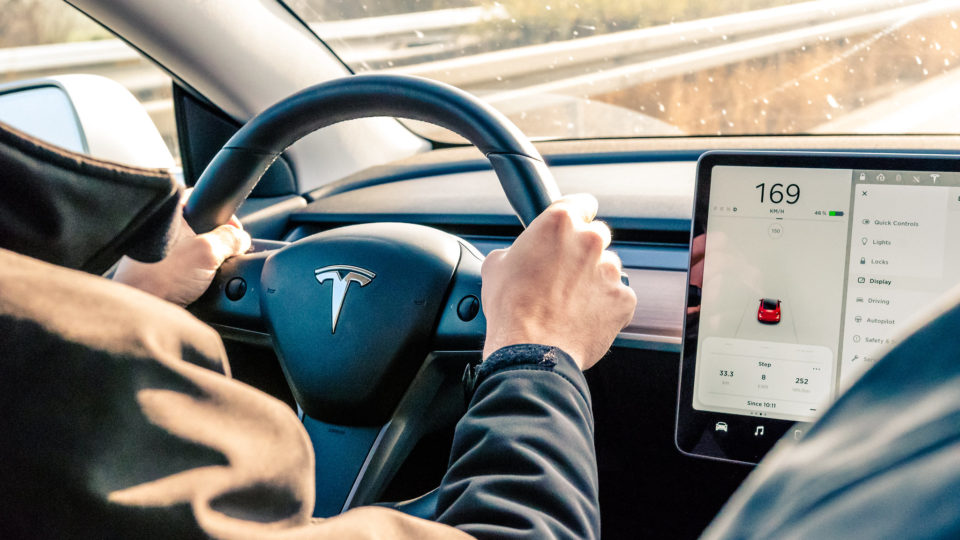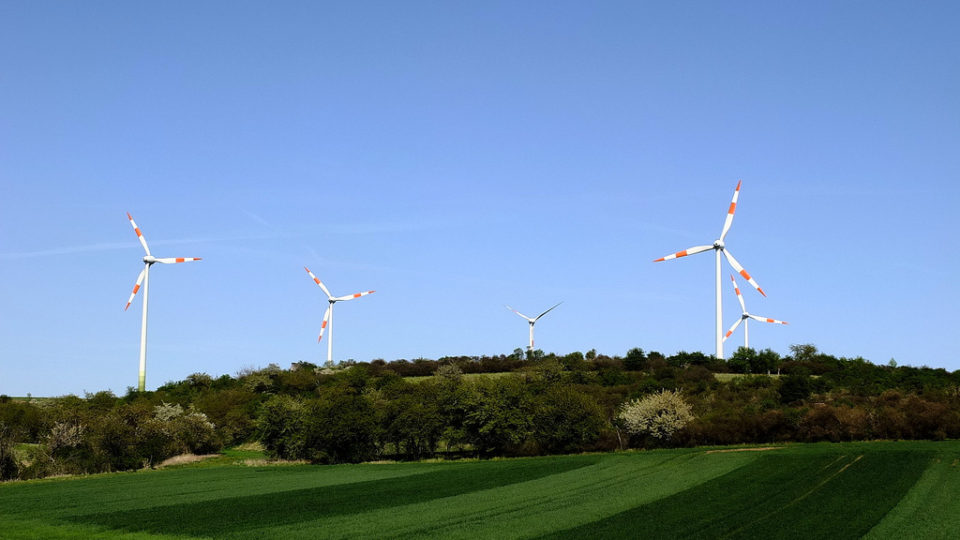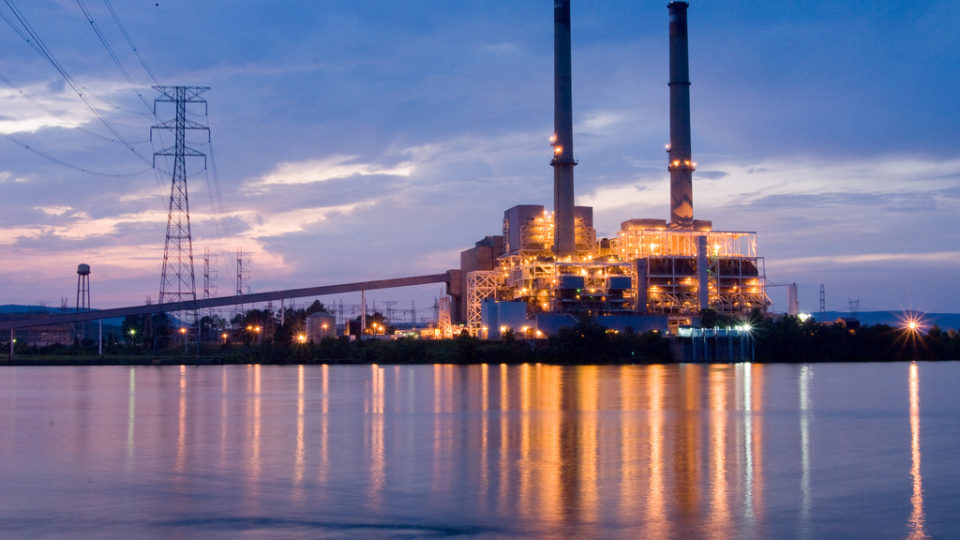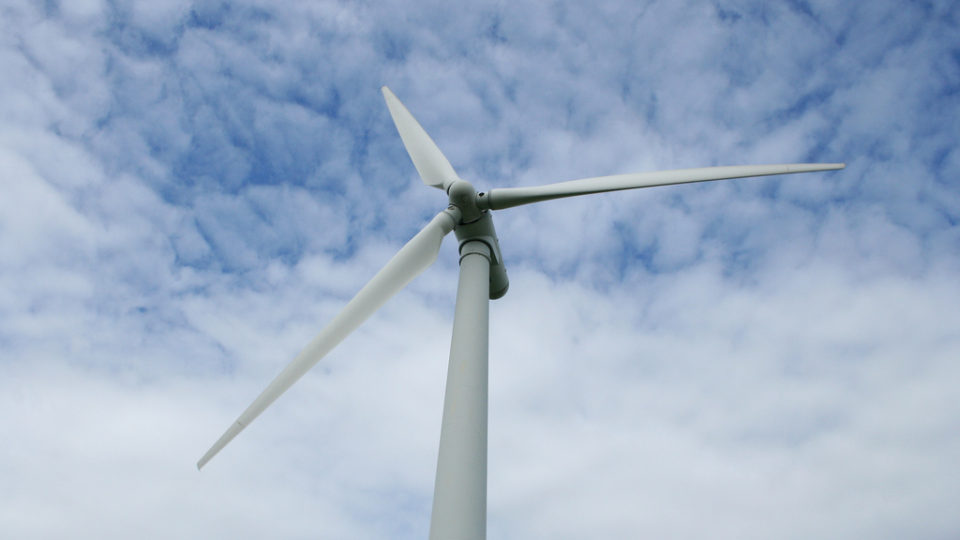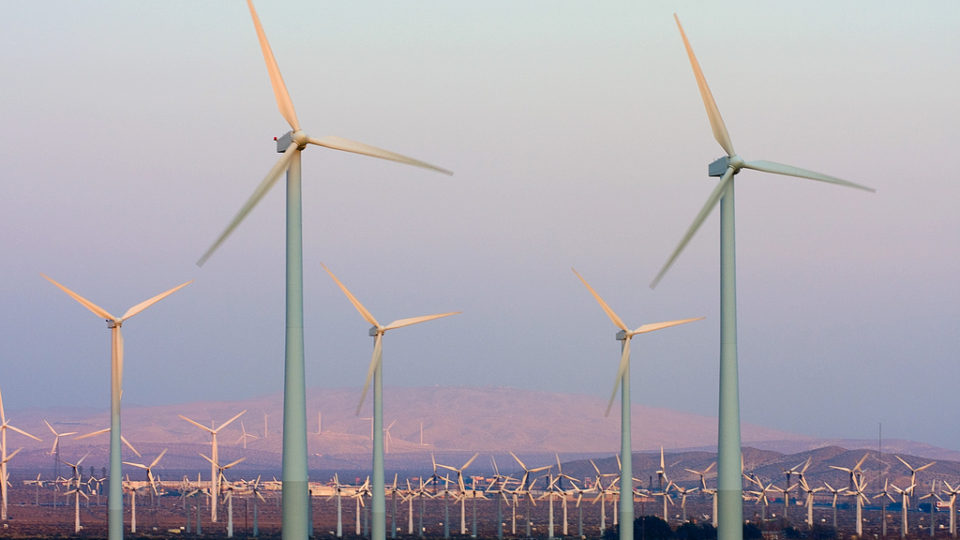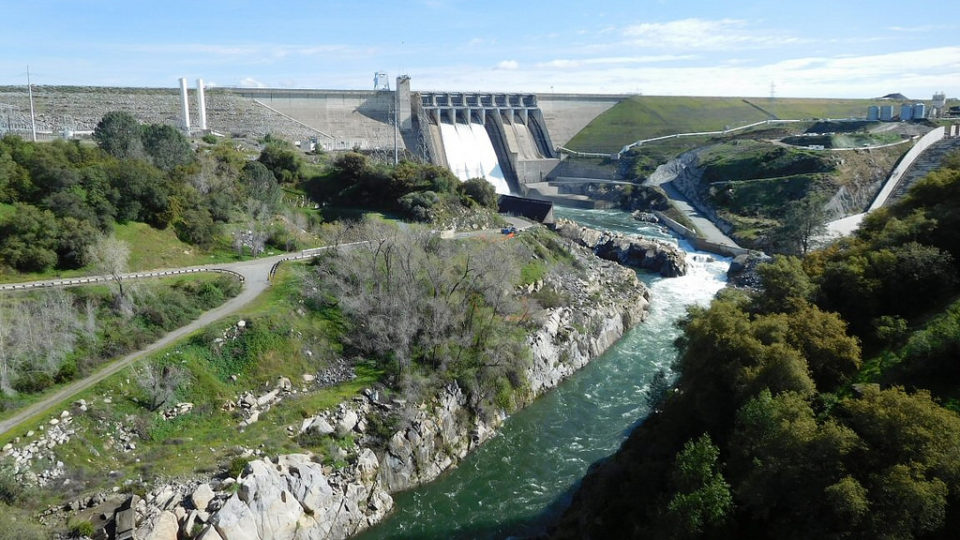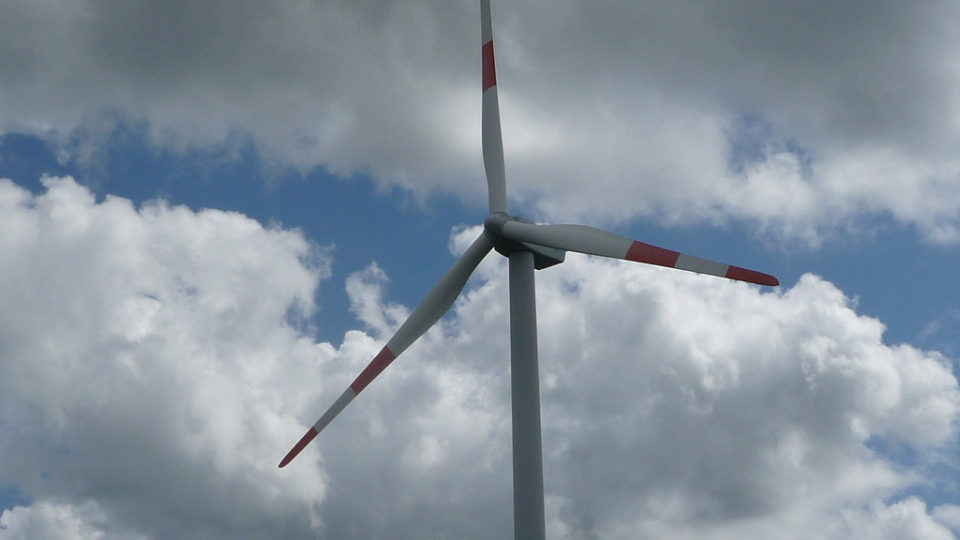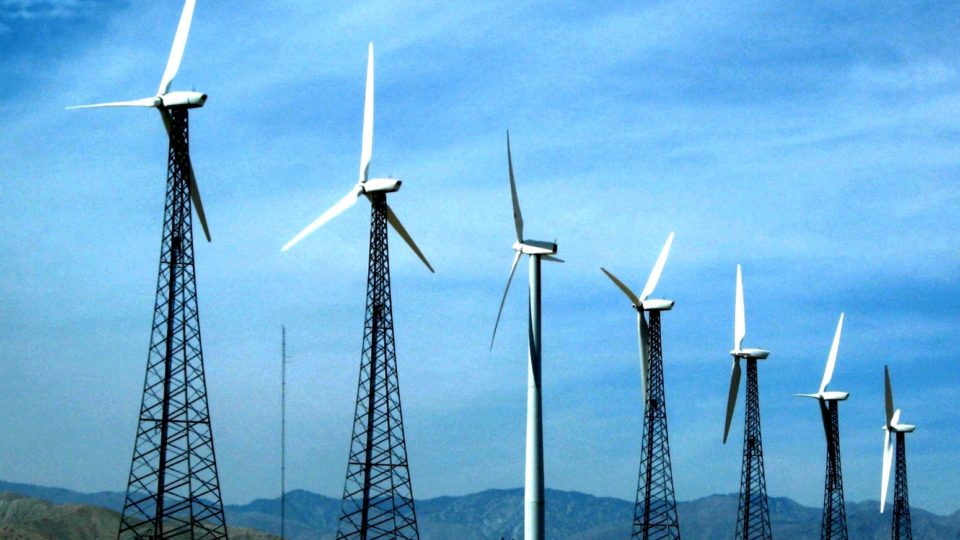Coal has historically been very cheap compared with many other energy sources and the reason is that it is so plentiful. The United States has especially abundant quantities of the stuff – perhaps a quarter of the world’s estimated recoverable reserves. Estimates are that at the rate at which we are currently using coal here, the remaining reserves would last about 325 years.
That would be great, of course, if the use of coal was not relentlessly destructive to the environment, hazardous to human health, and a major driver for global warming. Despite all of that, the Trump administration is a big booster of coal.
But coal has little chance of holding on to its current status, much less having some kind of renaissance. According to a new report from renewables analysis firm Energy Innovation, nearly 75% of coal-fired power plants in the United States generate electricity that is more expensive than local wind and solar resources. Wind power, in particular, can at times provide electricity at half the cost of coal.
Wind and solar power are growing by leaps and bounds. The Guardian reported that by 2025, enough wind and solar power will be generated at low enough prices in the U.S. that it could replace 86% of the entire U.S. coal fleet with lower-cost electricity.
It has been known for some time that there are places where the so-called coal crossover has already taken place. But this is actually far more widespread than previously thought. Substantial coal capacity is currently at risk in North Carolina, Florida, Georgia and Texas. By 2025, Indiana, Michigan, Ohio, and Wisconsin will join their ranks.
The biggest threat to coal is not regulators or environmentalists; it is economics.
**********
Web Links
Renewables Cheaper Than 75 Percent of U.S. Coal Fleet, Report Finds
Photo, posted May 1, 2011, courtesy of Alan Stark via Flickr.
Earth Wise is a production of WAMC Northeast Public Radio.

